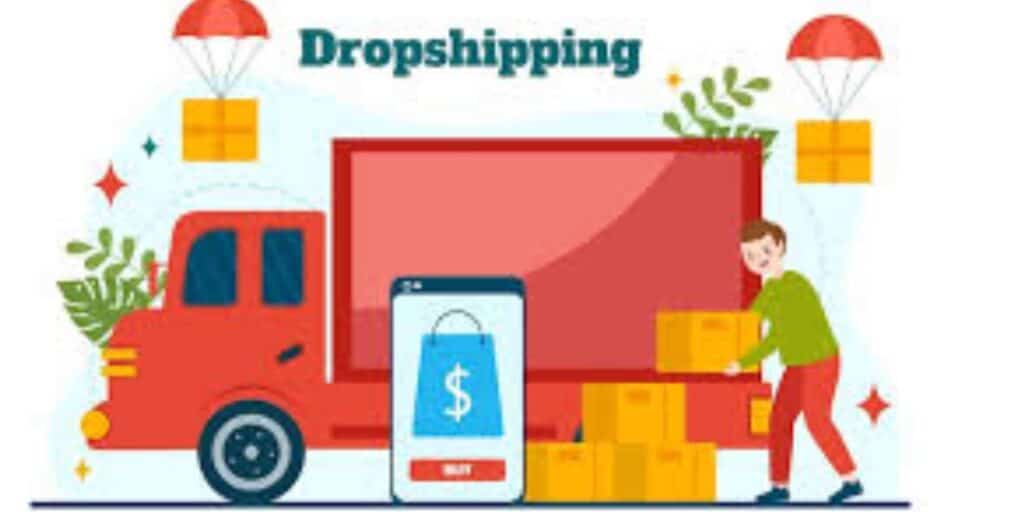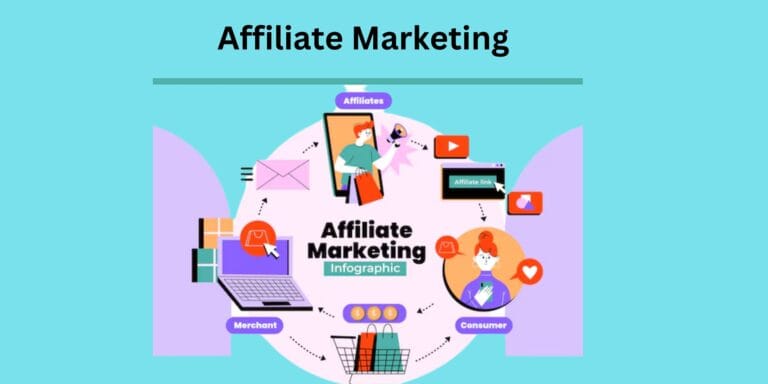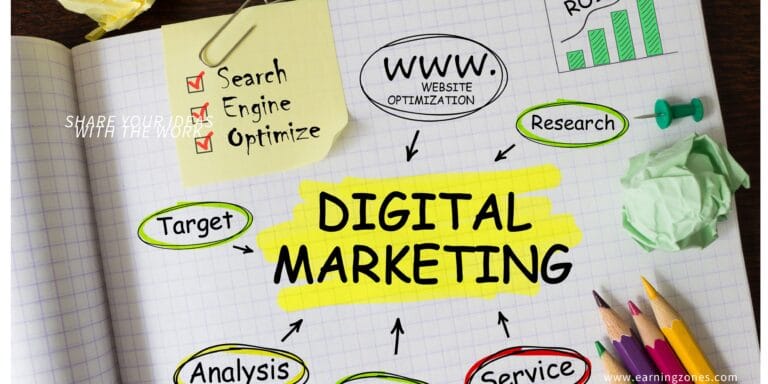How to earn ₹50,000/month by creating a WooCommerce store? (Beginner to Pro Guide!)
If you want to start an online business and plan to earn Rs 50,000/month or more, setting up a WooCommerce store is a very effective strategy. This guide covers all the important steps, from the basics to the advanced level, so that you can start from a solid foundation and successfully scale your store. In this article, we will explain in detail how you can implement everything from domain and hosting, to product selection, marketing strategies, and even advanced monetization techniques.

1. What is WooCommerce? (Basic Introduction)
WooCommerce is a free WordPress plugin that transforms your website into a fully functional e-commerce store. It’s ideal for beginners due to its simple interface and extensive customization options.
Key Features:
- Free & Open-Source: The basic plugin is free, with premium add-ons available.
- Easy Integration: Seamlessly integrates with WordPress.
- Multiple Payment Gateways: Easily integrate credit/debit cards, PayPal, Razorpay, etc.
- Customization: Customize your store to match your brand using themes and extensions.
Real-World Example: A small entrepreneur passionate about fashion installed WooCommerce on their blog to sell customized T-shirts. Through customer feedback and niche research, they expanded their product range, steadily increasing their monthly income to ₹50,000.
Read more:
2. Basic Steps to Set Up a WooCommerce Store
To launch a successful WooCommerce store, understanding the basic requirements and setup process is essential. Here’s a step-by-step guide:
a. Domain Name & Hosting
- Domain Name: Choose a catchy, memorable domain that reflects your brand’s first impression.
- Hosting Provider: Select a reliable provider like Bluehost, SiteGround, or Hostinger, prioritizing speed and uptime.
b. WordPress Installation
- One-Click Install: Most hosting providers offer one-click WordPress installation, making the process simple.
- Theme Selection: Choose a responsive, attractive theme compatible with WooCommerce, such as Astra, OceanWP, or Storefront.
c. WooCommerce Plugin Install & Setup
- Plugin Installation: Go to the “Plugins” section in your WordPress dashboard, search for WooCommerce, install, and activate it.
- Setup Wizard: The WooCommerce setup wizard guides you through basic configurations like currency, payment gateways, and shipping options.
Case Study: A startup launched a basic store with just 5-6 products. WooCommerce’s user-friendly setup enabled them to go live quickly, and their sales increased in a short time.
3. Profitable Niche and Product Selection (Intermediate Level)
Choosing a profitable niche and the right products is critical for a successful online store. Here’s a detailed guide:
a. Niche Selection
- Passion & Expertise: Pick a niche you’re passionate about. Knowledge in the field helps you provide better customer support.
- Market Research: Use Google Trends, social media insights, and competitor analysis to identify high-demand niches.
- Target Audience: Understand your potential customers’ interests and purchasing behavior to address their needs effectively.
b. Product Selection
- Quality Products: Start with high-quality products to build customer trust and long-term loyalty.
- Supplier Reliability: Order from reliable suppliers to ensure timely delivery and consistent quality.
- Competitive Pricing: Set prices that are competitive yet profitable, updating them based on market trends.
Example: If you’re interested in the health & wellness niche, you could sell organic supplements, fitness gear, or eco-friendly products. A successful store owner noticed increased investment in health products through research and customized their product line accordingly.
4. Store Design and User Experience (UX) Enhancement (Advanced Basics)
An attractive, user-friendly website is the biggest factor in boosting customer engagement. Here are detailed tips to enhance your store:
a. Design and Layout
- Professional Theme: Choose modern, responsive themes to ensure your store looks great on all devices.
- Clear Navigation: Use simple menus, categories, and search options so customers can easily find products.
- Visual Appeal: Include high-resolution images and concise product descriptions, with multiple angles and zoom options.
b. Performance Optimization
- Fast Loading Speed: Website speed impacts conversion rates. Use caching plugins like WP Rocket and image compression tools.
- Mobile Optimization: With many mobile users, ensure your site is mobile-friendly.
- Secure Payment Process: Build trust with SSL certificates and secure payment gateways.
Real-Life Case: An online fashion store revamped its design with a modern look and focused on mobile optimization. This reduced their bounce rate and significantly increased conversion rates, leading to a consistent monthly income above ₹50,000.
5. Marketing Strategies: From Basic to Advanced Techniques
Your store’s success depends on implementing effective marketing strategies. Here are techniques from basic to advanced levels:
a. Search Engine Optimization (SEO)
- Keyword Research: Use tools like Google Keyword Planner or Ubersuggest to find popular keywords and integrate them into product descriptions, titles, and blog content.
- On-Page SEO: Create meta tags, alt texts, and SEO-friendly URLs to help search engines understand your site.
- Content Marketing: Publish regular blog posts, how-to guides, and tutorials to boost your store’s authority.
b. Social Media Marketing
- Platform Selection: Identify your target audience on platforms like Instagram, Facebook, and Pinterest, and engage with them.
- Engaging Content: Share visual content, behind-the-scenes videos, and customer testimonials. Regular posts increase engagement.
- Paid Ads: Use paid ads on social media to target specific audiences.
c. Email Marketing
- Subscriber List: Build an email list using pop-ups and opt-in forms on your website.
- Personalized Campaigns: Send segmented, personalized offers to customers.
- Automated Emails: Set up welcome emails, order confirmations, and abandoned cart reminders.
Advanced Tip: Incorporate affiliate marketing and influencer collaborations to generate additional traffic and revenue streams.
6. Order Fulfillment, Customer Service & Retention (Advanced Tactics)
Running a successful WooCommerce store goes beyond generating sales—it requires focus on order fulfillment, customer service, and retention.
a. Efficient Order Fulfillment
- Automation Tools: Use tools like Shiprocket or Easyship for order tracking and shipping to automate processes and save time.
- Inventory Management: Track inventory with software and restock timely.
- Clear Communication: Send order confirmations, shipping updates, and tracking information to customers promptly.
b. Excellent Customer Service
- Multi-Channel Support: Offer live chat, email, and WhatsApp support. Quick responses boost satisfaction.
- Clear Policies: Define return, refund, and shipping policies clearly to build trust.
- Post-Purchase Follow-Up: Follow up with customers after purchases to gather feedback and resolve concerns.
c. Customer Retention Strategies
- Loyalty Programs: Introduce reward points, discounts, or exclusive offers for repeat customers.
- Personalized Experiences: Use CRM tools to analyze customer behavior and send targeted offers.
- Regular Engagement: Nurture customer relationships with email newsletters, social media updates, and blog posts.
Example: A home decor store launched a loyalty program offering special discounts to repeat buyers. This increased customer retention and boosted referral business.
7. Monetization Beyond Product Sales (Advanced Strategies)
Beyond product sales, you can generate additional revenue from your store. These advanced monetization strategies support long-term growth.
a. Affiliate Marketing
- Affiliate Partnerships: Promote relevant affiliate products on your website, earning commissions per sale.
- Content Integration: Add affiliate links to reviews and comparison guides, maintaining transparency.
b. Sponsored Content & Advertisements
- Brand Collaborations: Partner with influencers or brands for sponsored posts or ads.
- Ad Networks: Use non-intrusive banner or native ads to avoid cluttering your content.
c. Digital Products & Online Courses
- E-books & Guides: Convert your expertise into e-books or guides for sale.
- Online Courses: Create detailed courses teaching WooCommerce and online business strategies to beginners.
- Webinars: Host live webinars to share tips, tricks, and resolve real-time queries.
Advanced Example: A digital marketing expert launched an online course on their successful WooCommerce strategies. This diversified their income through multiple revenue streams while providing valuable insights to their audience.
FAQs (Frequently Asked Questions)
Q1: Do I need coding skills to set up a WooCommerce store?
A: No, WooCommerce is designed for beginners. Basic WordPress knowledge is enough to set up a store easily.
Q2: How do I choose a profitable niche for WooCommerce?
A: Conduct market research, competitor analysis, and consider your passion. Choose a niche with demand and where you have good understanding.
Q3: Which marketing strategies are most effective?
A: SEO, social media marketing, and email marketing are highly effective. Affiliate marketing and influencer collaborations add revenue at an advanced level.
Conclusion
WooCommerce is a powerful, versatile platform that helps you create a successful online business. This guide covers every critical aspect, from basic setup to advanced marketing, order fulfillment, and additional monetization strategies. Consistency, patience, and continuous learning are key to scaling your store. By implementing these strategies step-by-step, earning ₹50,000/month or more is entirely achievable. Start turning your passion into a business today and gradually achieve your goals. Happy selling and best of luck!
Visit here: Earningzones for more information.







